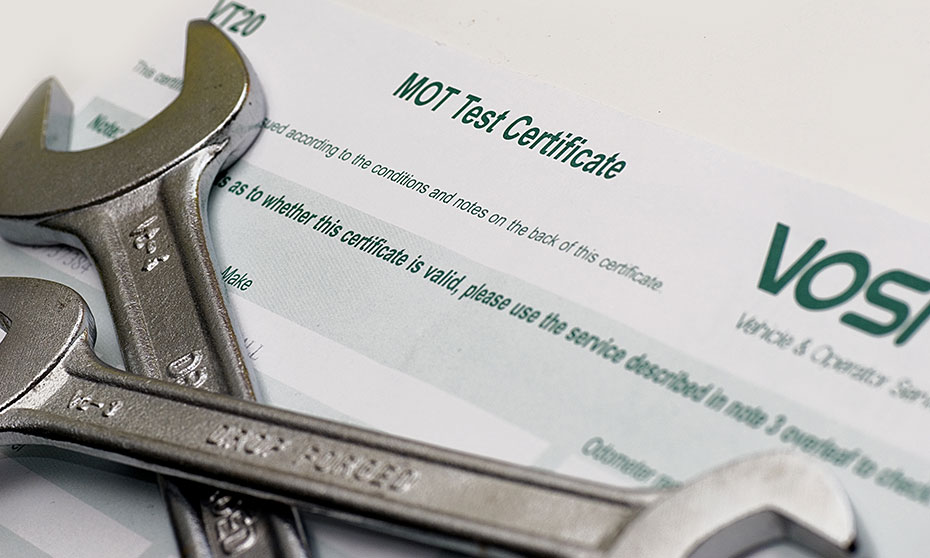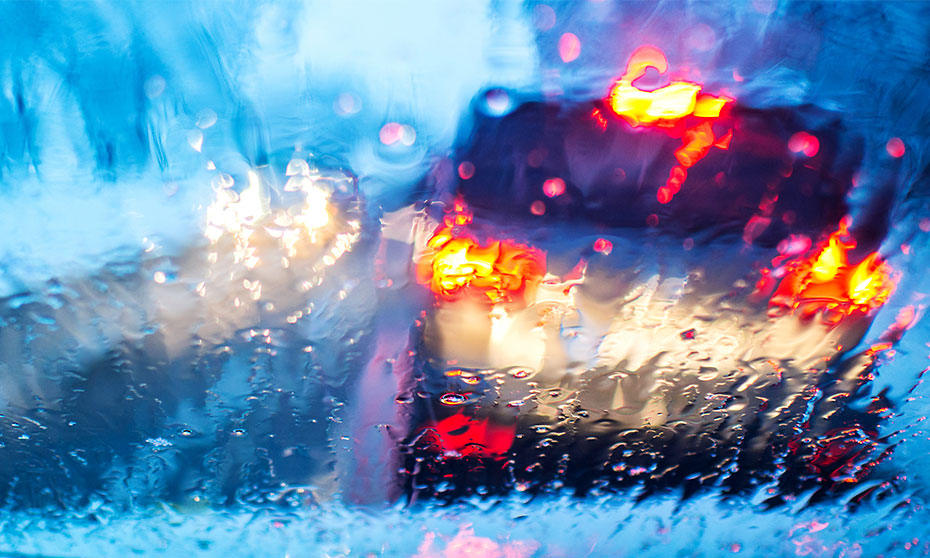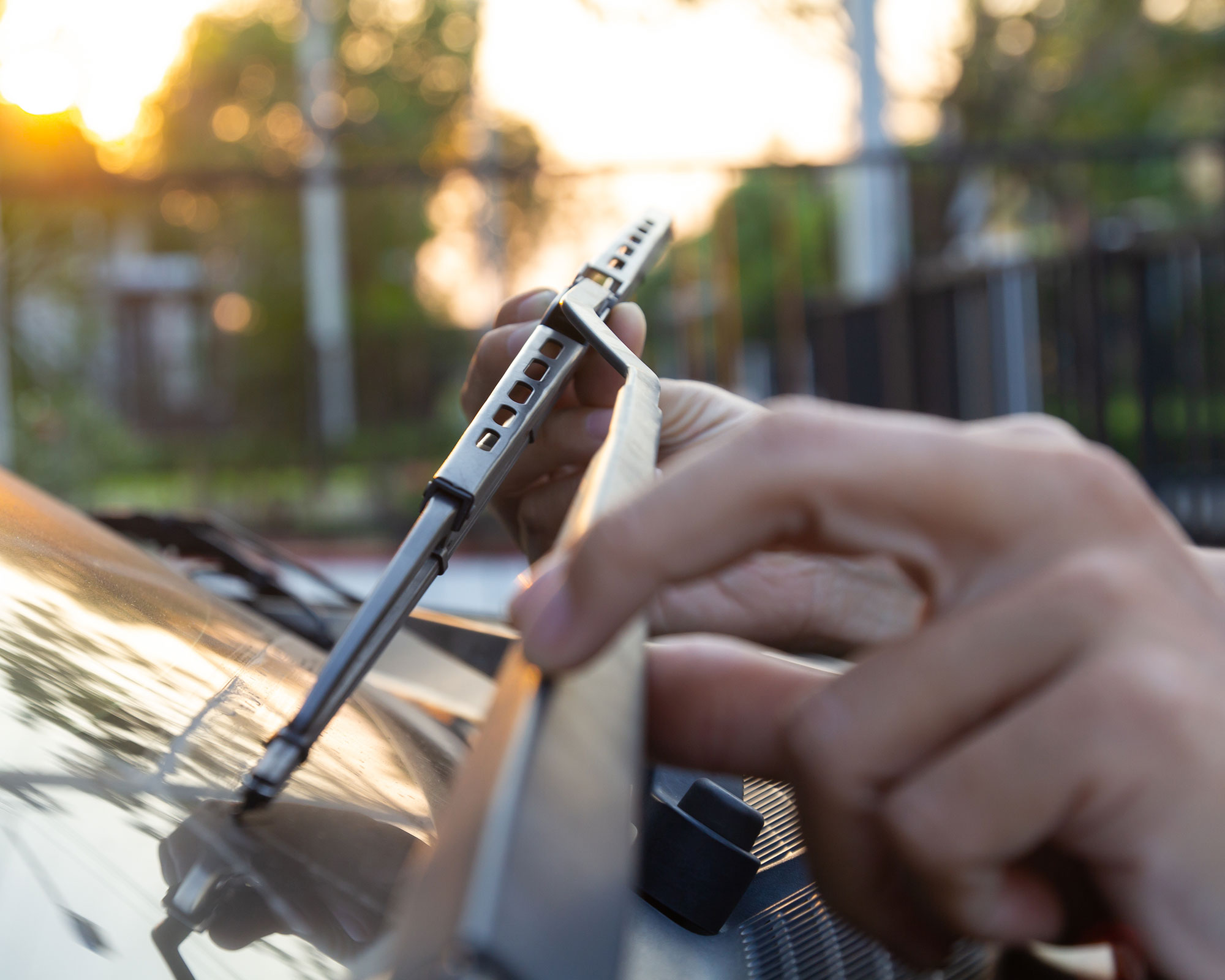Winter driving
Driving in winter brings new and different risks. Staying safe requires forward planning and preparation, particularly during periods of sub-zero temperatures.
What to watch out for
High levels of rainfall can lead to surface water. Driving over surface water may lead to aquaplaning. Snow and ice also present winter driving risks - particularly when soft snow that has recently fallen is covering older slick ice.
In winter, it’s not always easy to see the dangers and hazards around us. As well as driving cautiously, always make sure that your vehicle is properly maintained.
How to avoid aquaplaning
Wet winter days can lead to surface water in areas with limited drainage. These large pools of water are even a problem on many UK motorways, where cars may be driving at very high speeds even in very wet weather.
When drivers experience aquaplaning, they’ll lose control of their vehicle. It glides over the surface of the water, much like gliding over ice, rather than gripping the road.
To reduce your aquaplaning risk, make sure that you’re using high-quality tyres. Your tyres should have good tread depths all the way around - at least 1.6mm in line with the law.
If you do find that you’re aquaplaning, don’t panic and slam on the breaks. Instead, ease off the accelerator and hold the steering wheel straight. Allow your vehicle to slow down gradually, then brake once you’re back in control.
Choosing to buy winter tyres
Winter tyres have tread variations that make them more suited to icy conditions. These treads are also designed to work better on wet road surfaces, which are more common through winter.
Winter tyres can improve your safety on the road, though they may count as an after-market modification that your insurers will need to know about. They can also be very expensive.
It’s worth investing in winter tyres if you have the money available. They can stop your car up to two car lengths faster than the equivalent summer tyres. But, they’re not essential.
If you’re choosing not to invest in winter tyres, then always make sure that your existing tyres are ready for the worst winter weather. Tread depth should be some way off the minimum legal limit, and your tyres should be free from any cuts or bulges.
Maintaining good visibility
Make sure that you can always see through a clean and clear windscreen when you’re driving. If your windscreen washers have frozen, pull over and defrost them manually.
Clear snow from the roof before driving, so that it isn’t a risk to other road users.
Use headlights when visibility is reduced, and fog lights when visibility drops below 100 metres.
Packing an emergency kit
Winter weather can be unpredictable. Carry an emergency kit, so that you’re prepared in the event of a breakdown or a long line of motorway traffic.
As you might need to exit your vehicle, always have warm clothes to hand. Include gloves, scarves, hats and waterproof coats for every vehicle passenger. Also, stock a selection of snacks and drinks.
Driving in snow and ice
Stopping distances increase in snow and ice. In fact, they may be up to ten times longer.
Drive slowly and gently. Avoid sudden acceleration or deceleration, and try to avoid stopping on steep hills.
Stick to major roads where possible, and allow extra time for all of your journeys so that you’re not rushing in bad weather.
Never underestimate winter conditions. By driving carefully and being aware, you reduce your risk on the road.





